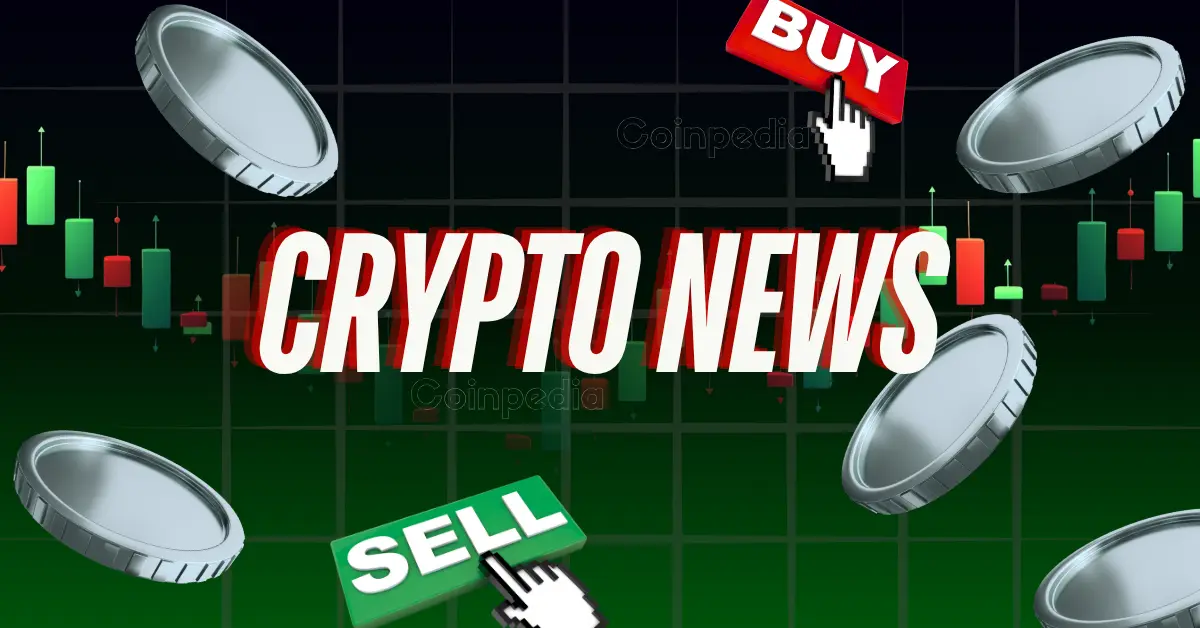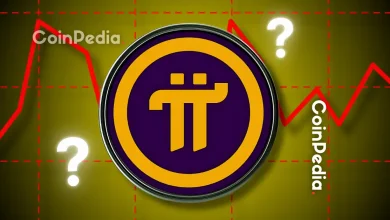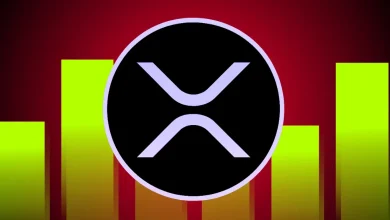
Global stablecoin market hits record high of $190 billion, but the U.S. Financial Services Oversight Council (FSOC) flags concerns.
The FSOC report highlights the dominance of a single issuer (Tether) and the lack of robust regulation.
The report shows the potential for market disruption and systemic risks, drawing parallels to the TerraUSD collapse and FTX crisis.
The global stablecoin market has surged to a record $190 billion this November, marking the highest point in its history. This impressive 9.94% monthly growth is the biggest since November 2021, signaling strong investor confidence and adoption. But new warnings are casting shadows.
The U.S. Financial Services Oversight Council (FSOC) has raised concerns about the risks stablecoins could pose to financial stability. Are stablecoins truly the safe bet they promise to be, or are cracks beginning to show?
It’s time to dig deep.
FSOC Highlights Stablecoin Risks
The FSOC’s 2024 annual report has flagged stablecoins as a potential risk to financial markets. According to the report, without proper risk management, stablecoins are “acutely vulnerable to runs.” This means they could cause instability that would impact both cryptocurrency and traditional financial systems.
The Market Is Dominated by One
One key concern is market concentration. The FSOC pointed out that 70% of the stablecoin market value is controlled by a single major issuer. While the report doesn’t name Tether (USDT) directly, its market share strongly suggests it is the dominant player.
Tether holds a market cap of $136.8 billion, representing 66.3% of the total stablecoin market cap of $205.48 billion.
The FSOC warned that if this dominant issuer were to fail, it could cause widespread disruption not just within the cryptocurrency market but also in traditional financial markets. This risk is compounded by concerns about Tether’s lack of third-party audits, which have led to comparisons with the liquidity crisis at FTX.
Regulatory Gaps Remain a Key Issue
The FSOC raised concerns about the lack of comprehensive regulatory oversight for stablecoin issuers. Many of these companies operate outside federal oversight, while others face only minimal state-level regulation. Additionally, the lack of transparent reporting on reserves and holdings creates risks related to market discipline and the potential for fraud.
The FSOC referred to the collapse of TerraUSD (UST) in 2022 as a stark reminder of these risks. TerraUSD lost its peg to the U.S. dollar, dropping from $1 to $0.09, highlighting the dangers of unregulated stablecoins.
Congress Faces Pressure to Act
To address these risks, the FSOC has called on Congress to act quickly and pass federal legislation to regulate stablecoin issuers. The proposed law should aim to:
- Prevent market runs
- Ensure the safety of stablecoin payment systems
- Maintain market integrity
- Protect investor interests
The FSOC warned that if Congress doesn’t act soon, they might consider other steps to address these risks directly.
Europe Adds New Challenges
Tether CEO Paolo Ardoino recently raised concerns about Europe’s Markets in Crypto-Assets (MiCA) regulations. These rules will require stablecoin issuers to hold 60% of their reserves in European banks.
Ardoino warned that since banks can loan up to 90% of their reserves, this could create “systemic risks” for the market, potentially destabilizing the crypto economy.
As the market holds its breath, all eyes remain on Washington and the regulators’ next move.








